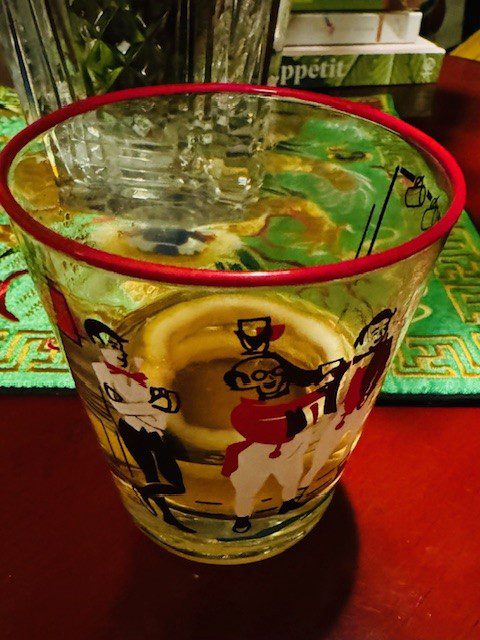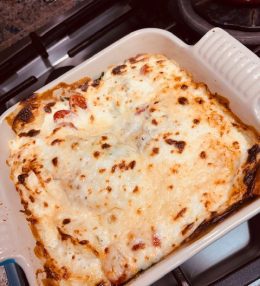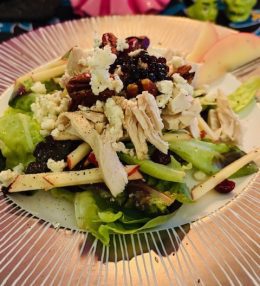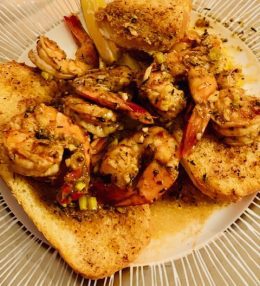:max_bytes(150000):strip_icc():format(webp)/__opt__aboutcom__coeus__resources__content_migration__liquor__2019__03__05090323__Sazerac_Cocktail-720x720-f3c996d3b1e0425fbeb8d0d85e91e6ea.jpg)
:max_bytes(150000):strip_icc():format(webp)/__opt__aboutcom__coeus__resources__content_migration__liquor__2019__03__05090323__Sazerac_Cocktail-720x720-f3c996d3b1e0425fbeb8d0d85e91e6ea.jpg)
The notion that the Sazerac is a drink that can be sipped at any decent bar across the country, from Staten Island to San Diego, is a testament to what a fine cocktail it is. But it wasn’t always this way—not even in its home city.
“When I moved to New Orleans in 1999, you only really found Sazeracs in traditional restaurants and some bars,” says Sara Roahen, a former food critic for “Gambit Weekly” and the author of the New Orleans love letter “Gumbo Tales.” “I had to hunt it down—it was special. At Galatoire’s, you could order one with your red fish almondine. It was in that category of delicacy.”
The Sazerac is, of course, the official cocktail of Louisiana and one roundly consumed for well over 100 years in the city of New Orleans. “The history of the drink is tied to the history of the city,” says Russ Bergeron, the barman responsible for the 2009 reopening of The Sazerac Bar in The Roosevelt hotel on Canal Street where he spent nearly a decade making many of the elegant watering hole’s namesake tipples. “As the city changed, so did the drink, and with each incarnation, the legend grew.”
While the Sazerac’s combination of flavors is certainly not lacking in complexity and can make one giddy at the pure mystical beauty of alcohol alchemy, its recipe isn’t so long as to be intimidating: rye whiskey, Herbsaint (or absinthe or pastis—pick your fave, but you get the picture), Peychaud’s bitters (and some would argue passionately Angostura, too), a sugar cube and a lemon peel. Four ingredients and a garnish will make it happen for you in good form.
But oh how those ingredients can be tussled over. “The first Sazerac House opened in New Orleans in 1852,” says Kevin Richards, the senior marketing director for Sazerac Company, where the whiskey and the bar (the latter under a long-term licensing agreement with Sazerac Company) each get their name. “The Sazerac name in reference to the cocktail was trademarked in 1900. The Sazerac Company was founded in 1919.” This is all true. But as for who’s credited with making the first Sazerac and which spirits were used, that’s a lot more complicated.
A cognac called Sazerac-de-Forge-et-Fils, which is what the bar was named after, as its owner owned the license to that spirit (good product marketing is not a modern concept), was served at the original Sazerac Coffee House along with other popular spirits of the time. Antoine Peychaud himself has been given some loose credit for both the invention of the Sazerac and that of the cocktail in general as he apparently enjoyed combining his namesake bitters with French brandy in pretty little cups called coquetiers.
This combo apparently caught on and traveled to the talented barmen of Sazerac House who added the finishing touches, including absinthe. It has been purported that phylloxera, a vine-rotting pest that nearly took out Europe’s gloried wine industry in the later part of the 19th century (and, thus, any wine-based distillates, like brandy), cut off NOLA’s supply of cognac. Rye was substituted and—ta-da!—the Sazerac as we know it today was born.
This story is often credited to Stanley Clisby Arthur, a sometime California journalist who spent time in New Orleans and wrote a book called “Famous New Orleans Drinks and How to Mix ’Em” in 1938, which recorded in print many of the city’s celebrated cocktails. Of the Sazerac, he wrote: “There are cocktails and cocktails, but the best known of all New Orleans cocktails is the Sazerac.”
Sazerac Coffee House was owned by John B. Schiller, Arthur continues, who sold the establishment to his bookkeeper turned barman, Thomas Handy. Handy shortened the name to Sazerac House, and “American rye whiskey was substituted for the cognac to please the tastes of the Americans who preferred ‘red likker’ to any pale-faced brandy.”
First of all, cognac is an aged spirit. While that might seem like a tiny and potentially arguable detail, Arthur’s statement of swapping a pale spirit for a red one is, at the very least, questionable.
:max_bytes(150000):strip_icc():format(webp)/__opt__aboutcom__coeus__resources__content_migration__liquor__2019__03__05090327__Sazerac_Ingredients-720x480-dd3d0e15d5b44365af12ac999334412a.jpg)










Leave a Review